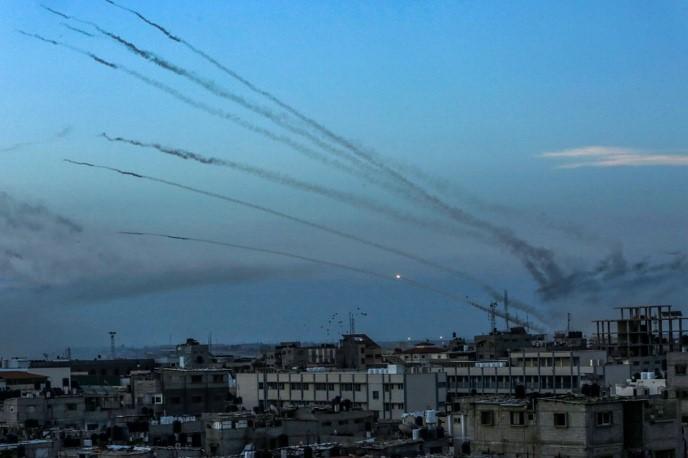Hamas' Tactical Evolution: Lessons From Ukraine in Modern Warfare
In a significant shift in the landscape of modern warfare, Hamas has demonstrated a remarkable ability to adapt and innovate, leveraging lessons from the conflict in Ukraine.
On October 7, 2023, Hamas overwhelmed Israeli defenders with tactics that surprised many in the Israeli Defense Force (IDF). This event marked a culmination of more than a decade of evolving conflict strategies, with Hamas utilizing technologies like unmanned aerial vehicles to execute asymmetrical warfare against a more powerful force.
“The biggest trend right now is for both sides to move away from expensive standalone platforms and more towards cheap, expendable mass,” said Samuel Bendett, a senior associate nonresident fellow at think tank CSIS—the Center for Strategic and International Studies.
This shift has been accelerated by the conflict in Ukraine, where the effectiveness of long-range drone strikes was proven. Despite the technology being available since around 2012, the operationalization and integration into contested battlefields required significant adaptation, which Hamas has successfully achieved.
“Hamas has been very, very adaptable, very pragmatic,” said Tahani Mustafa, a Jordan-based senior Palestine analyst at the International Crisis Group.
Hamas' approach reflects three key trends identified in Ukrainian drone innovation: spreading technical knowledge, specialized technology development and the creation of a supportive ecosystem for technology development. These aspects were crucial in Hamas' preparation for the October 7 attacks, with physical training reported in Lebanon, Syria, Egypt, and cyber training in Tunisia.
Additionally, Hamas has shown remarkable ingenuity in the use of underground tunnels. Spanning more than 300 miles under Gaza, these tunnels are concrete-reinforced, equipped with essential utilities, and in some places, large enough for vehicle transit. This sophisticated tunnel network not only showcases Hamas’ engineering capabilities but also represents a formidable challenge for the IDF.

The biggest trend right now is for both sides to move away from expensive standalone platforms and more towards cheap, expendable mass.
Hamas' technological advancements aren't limited to physical infrastructure. They have also demonstrated creativity in cyber operations, such as the 2018 attempt to infiltrate the IDF using spyware embedded in fake social media profiles and apps. This adaptability extends to the repurposing of captured Israeli drones for intelligence gathering and ambush setups.
“Hamas disconcerted the Israeli army using strategies that worked well for them, that also worked well in the case of Ukraine,” said Mookie Tenembaum, an international analyst
The response to these tactics, both in terms of military and political unity, will likely reshape future defense strategies and necessitate further fostering of innovation ecosystems. This evolving conflict landscape is a stark reminder of the continuous need for adaptation and innovation in defense technologies and strategies.





Comments